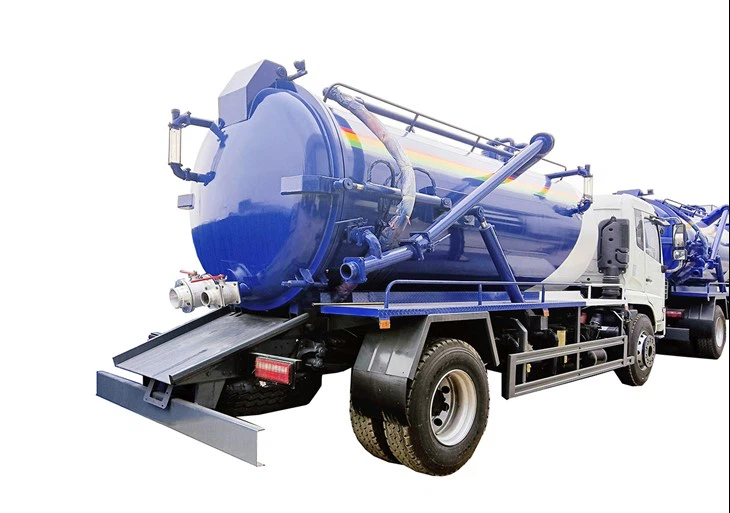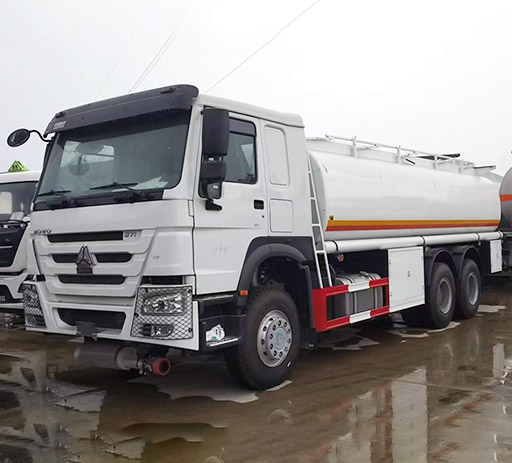Lorry Skip: Your Comprehensive Guide to Efficient Waste Management

Introduction
Managing waste effectively is a critical aspect of both residential and commercial projects. Among the many tools available for waste disposal, the lorry skip stands out as one of the most versatile and efficient options. Whether you are undertaking a home renovation, clearing out a garden, or managing construction debris, understanding how to utilize a lorry skip can save you time and money. In this article, we will explore what lorry skips are, their various types, how to choose the right one for your needs, and practical tips for efficient waste disposal.
What is a Lorry Skip?
A lorry skip is a large receptacle designed to hold various types of waste, ranging from soil and concrete to household junk. They are typically towed by lorries, ensuring efficient transport and disposal of waste materials. They come in various sizes, shapes, and designs, making them suitable for different waste management needs.
Types of Lorry Skips
Standard Open-Top Skips
The most common type, these skips have open tops, making it easy to load waste materials. They are ideal for construction sites and home renovations.
Closed Skips
These skips feature solid sides and a roof, providing added security for waste materials. They are suitable for sensitive materials and locations where pests are a concern.
Roll-On/Roll-Off Skips
Large skips designed for industrial or commercial use, these skips can handle huge volumes of waste and are typically used for major construction projects or factory clearances.
Mini Skips
Perfect for smaller projects, mini skips are ideal for home clear-outs or small garden renovations. They are compact and can fit easily in tight spaces.
Choosing the Right Lorry Skip Size
When selecting a lorry skip, size matters. Skips come in various dimensions, usually measured in cubic yards or cubic meters. Understanding your waste volume is crucial for choosing the right size. Below is a table outlining various skip sizes and their typical capacity:

| Skip Size | Capacity (Cubic Yards) | Best For |
|---|---|---|
| Mini Skip | 2-3 | Small home projects |
| Midi Skip | 4-5 | Medium-sized renovations |
| Large Skip | 6-8 | Construction and demolition sites |
| Roll-On/Roll-Off Skip | 20-40 | Large industrial waste |
Benefits of Using a Lorry Skip
Using a lorry skip offers several advantages, including:

- Time-Saving: Skip hire eliminates multiple trips to the dump and streamlines waste disposal.
- Cost-Effective: Renting a skip can often be more economical than paying for frequent waste removal.
- Environmentally Friendly: Many skip hire companies recycle a significant portion of the waste collected.
- Safe and Convenient: Skips provide a designated space for waste, reducing hazards on-site.
How to Hire a Lorry Skip
Hiring a lorry skip involves several steps to ensure a smooth process. Here’s what to consider:
Step 1: Assess Your Waste Needs
Before contacting a hire company, evaluate the volume and type of waste you plan to dispose of. This assessment will help you choose the correct skip size and type.
Step 2: Research Local Skip Hire Companies

Look for reputable skip hire companies in your area. Check online reviews and ask for recommendations to ensure good service.
Step 3: Get Multiple Quotes
Contact several companies to get quotes. This process not only helps you compare prices but also gives you a sense of their customer service.
Step 4: Understand the Terms and Conditions
Read the rental agreement carefully. Understand the terms regarding the duration of the hire, acceptable waste types, and costs associated with exceeding weight limits.
Step 5: Schedule Delivery
Once you choose a company, schedule the skip delivery. Ensure you have a designated space available for the skip, keeping in mind local regulations regarding placement.
Tips for Efficient Waste Disposal using Lorry Skips
1. Sort Your Waste
Separating recyclables from non-recyclables can reduce landfill waste. Ensure you know what can go in the skip and what should be recycled separately.
2. Pack the Skip Efficiently
To maximize space, break down larger items and stack smaller ones. Fill the skip evenly to avoid overloading one side.
3. Observe Local Regulations
Familiarize yourself with local laws regarding skip placement and waste disposal. Some areas may require permits for skip placement on public roads.
4. Stay Within the Weight Limit
Every skip has a weight limit. Avoid exceeding this to prevent additional charges and ensure safe transport.
5. Consider the Environment
If possible, choose a hire company that recycles as much waste as possible. This choice reduces your carbon footprint and supports sustainable waste management.
Common Misconceptions about Lorry Skips
1. Skips are Only for Construction Projects
While commonly used in construction, skips are also ideal for DIY projects, home clear-outs, and garden waste disposal.
2. All Waste Can Go in a Skip
Not all materials can be disposed of in skips. Hazardous materials, such as chemicals, batteries, and asbestos, need special handling.
3. Hiring a Skip is Too Expensive
When you consider the time and hassle of multiple trips to a dump, renting a skip can actually be very cost-effective.
FAQ Section
1. What Size Lorry Skip Do I Need for a Home Renovation?
For a typical home renovation, a large skip (6-8 cubic yards) is usually recommended, but it depends on the volume of waste.
2. How Long Can I Keep a Lorry Skip?
Rental durations vary by company but typically range from a few days to a couple of weeks. Check with your hire company for specifics.
3. What Happens if I Overfill the Skip?
Overfilling a skip may result in additional charges or fines, as skips must be transported safely without exceeding weight limits.
4. Can I Put Electrical Items in a Skip?
It is generally prohibited to place electrical items in skips due to e-waste regulations. Check local guidelines for proper disposal methods.
5. Are Skips Recycled After Collection?
Many skip hire companies aim to recycle a significant portion of the waste collected, but it can vary by provider. Ask about their recycling policies.
6. Can I Place a Skip on the Road?
Yes, but you may need to obtain a permit from your local council to place a skip on a public highway. Always check regulations before placing your skip.
